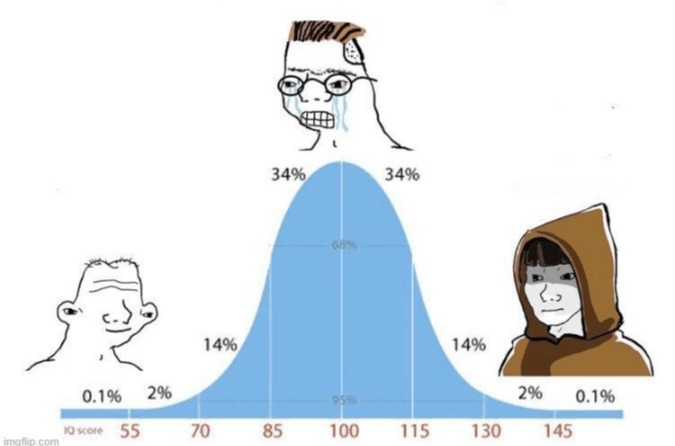
When did programming become a job? This wasn’t a sudden event but a gradual evolution, intertwined with the development of computers and the increasing need for skilled professionals. Imagine a world without software applications, games, or even the internet. Now consider how fundamental programming has become. This article delves into the historical development of programming as a career, identifying key milestones and the changing dynamics in the IT landscape. We’ll look at the shifts in demand, the evolving job roles, and the key factors influencing the emergence of programming as a mainstream career. This article is structured to provide a clear picture of this progression, highlighting the challenges faced and the opportunities presented.
Early Days: From Academic Pursuit to Emerging Profession
The Dawn of Computing
The earliest forms of programming were intricately tied to the development of computing itself. In the mid-20th century, computers were enormous machines, primarily used for scientific calculations and military applications. Programmers were often mathematicians or physicists, working in research labs and universities. These early pioneers laid the foundation for the field. Their work, although specialized, marked the beginning of the concept of programming as a profession.
Transitioning Roles
As computers became more accessible and their applications expanded, so too did the demand for programmers. The growing need for automated processes in businesses and industries sparked the evolution of programming from a scientific pursuit to a more practical profession. This transition wasn’t immediate; it took time for programming to be recognized as a distinct, standalone career path.
The Rise of Software
One of the crucial events was the advent of software and the increasing complexity of programs, which demanded dedicated professionals with expertise in coding. The initial focus on simple calculations and logical operations evolved into creating complex applications and user interfaces, demanding specialized skills and knowledge.
The Rise of the Personal Computer
The Personal Computer Era:
The introduction of personal computers (PCs) in the late 20th century marked a pivotal moment. Suddenly, programming became accessible to a much wider audience. This democratization of technology created a burgeoning need for programmers to develop software for home users, businesses, and educational institutions.
The Internet Age and Beyond
The Network Revolution:
The emergence of the internet in the 1990s further accelerated the growth of the programming industry. The internet created entirely new applications and functionalities, which required programmers to develop and maintain websites, databases, and network infrastructure. This era was characterized by significant advancements in network communication and web development.
The Evolving Skill Set:
Programming skills became essential for businesses to operate efficiently in the digital age. The need for e-commerce, online services, and social media platforms dramatically increased the demand for programming expertise. New skills in web development, database management, and security protocols became crucial.
The Modern Era of Programming
The Ubiquitous Software:
Today, programming is deeply ingrained in almost every aspect of modern life. From smartphones to smart homes, programming skills are essential to create and maintain the technology we use daily. The demand for programmers is vast, encompassing various specializations like mobile app development, game development, and web development.
The Growing Specialization:
The complexity of modern software has led to a specialization in various domains. Specialists in areas like data science, machine learning, and artificial intelligence are in high demand. The need for programmers proficient in these cutting-edge technologies continues to surge as they become increasingly integrated into the fabric of our daily lives.
Conclusion:
Programming as a job wasn’t a single event but a gradual evolution. The development of computers, the personal computer revolution, the internet age, and the rise of mobile technologies are just a few key factors that contributed to programming becoming a mainstream career path. The demand for skilled programmers is predicted to continue growing with the continuous evolution of technology. This ever-evolving landscape requires ongoing adaptation and a dedication to learning the latest advancements in the field. The future of programming jobs looks bright for those who are ready to adapt and learn.
In conclusion, programming evolved from a niche pursuit to a crucial career path, driven by technological advancement and societal needs. The transition wasn’t instantaneous but rather a gradual shift, marked by crucial milestones in technology, and the increasing demand for skilled professionals. To stay ahead in this ever-evolving landscape, aspiring programmers should continuously learn new technologies and adapt to the changing job market. This ongoing learning process is key to building a successful and rewarding career in the field of programming. Learn more about trending programming languages and their demand at [relevant website].